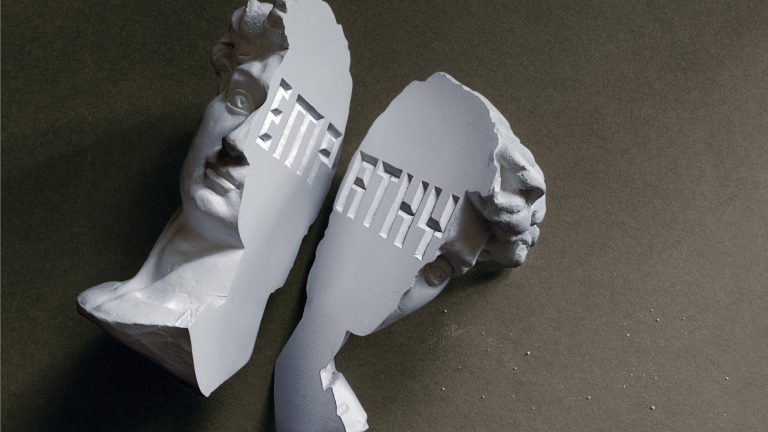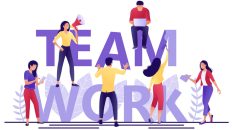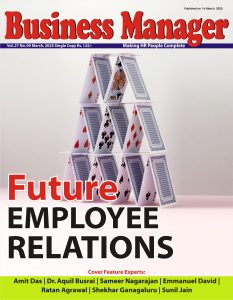Do you know:-
- Every working day nearly 5,000 of the dabbawalas deliver some 1, 50,000 dabbas to the office throughout Mumbai, India.
- Around 8 million lunches are delivered every year by dabbawalas.
- Their name is registered in the Guinness Book of World Records; they have received a six sigma rating from Forbes because of their high accuracy level.
- With the use of a unique colour coding system, their rate of mistakes is reported to be less than 1%.
- Starting about 125 years ago, almost 85% of dabbawalas are illiterate and the remaining 15% are educated up to the 10th level.
- Without any technological backup such as the use of the computer or even cell phones and logistical support they work with an accuracy level of 99.9999% as per the six sigma Forbes Report and on average around 3,00,000 transactions are completed with 6 hours each day, 6 days a week, and 51 weeks a year.
- A lunchbox changes hands nearly six times a day during the journey as it travels by bicycle, train, and pull carts.
I am sure you must be wondering how and who is Dabbawalas? The English translation of Dabbawalas is ‘one who carries a box’ or ‘tiffin box delivery man’. Their success is completely dependent on Soft Skills like TEAMWORK, close cooperation, and coordination with one another.
Teamwork refers to the ability to work well with others to achieve a desired common organizational goal. At work, it is the collaborative effort that allows you to work well with others during projects, presentations, meetings, collaborations, and conversations. In this article, I have discussed seven common mis-perceptions and realities based on research about teamwork every employee needs to know to debunk them and get on the right track.
Myth 1:- Exceptional teams avoid disagreements
Research has proven that courteous arguments and vigorous divergences when managed properly allow more creativity, better ideas, involved personnel and strengthen relationships. Contradictory ideas encourage open-mindedness; improve the quality of decisions and problem-solving. Great teams focus on the problem, not the person which allows each member to express their opinions that fosters an opportunity for finding a better way forward.
Reality- Positive workplace conflicts can be healthy.
Myth 2: – Teams are easier to manage
Several studies suggest that it takes a lot of effective two-way communication with people inside and outside your team, positive motivation, performance appraisal, time analysis, people skills, conflict resolution, critical thinking, decision making, delegation, transparency consistency, mutual trust, reciprocal respect, accountability, work ethics, loyalty, and ego management to build, lead and guide a team and construct an optimistic working affiliation among team members. A good leader manages delays, maintains deadlines, leads by example, seeks and gives appropriate feedback, treats everyone fairly to build a high-performing team.
Reality- Effective team management is not always easy.
Teamwork refers to the ability to work well with others to achieve a desired common organizational goal. At work, it is the collaborative effort that allows you to work well with others during projects, presentations, meetings, collaborations, and conversations. In this article, I have discussed seven common mis-perceptions and realities based on research about teamwork every employee needs to know to debunk them and get on the right track.
Myth 3:- Managers are responsible to encourage teamwork
Researchers have argued that although team leaders provide advice, supervision, commandment, and guidance to each member of the team, it is vital for each individual to collaborate to achieve a common objective. Teamwork requires a sense of togetherness, interdependence, accountability, trust, openness, active listening, consensus, empathy, consistent communication to work together towards a prevailing organizational vision. When the leader and members work together elegantly it augments imagination, efficiency, commitment, communiqué, and competence.
Reality- Each team member is responsible for stimulating teamwork.
Myth 4: – Members of the illustrious team think alike
Gartner’s survey has discovered that teams that have diverse work approaches make decisions faster up to 60%, employee performance is 12% higher; retention is better by 19%, collaboration by 5%, and improves the company’s bottom line. A diverse range of experience, expertise, and working methodology leads to better strategy, its implementation and improves total employee experience. Any individual’s strengths and capabilities are enhanced if they integrate different viewpoints across ethnicity, gender, age, educational background, religion, social groups, etc since they learn something from everyone when communicating with diverse human resources from different backgrounds.
Reality– Diverse teams are smarter and more productive.
Myth 5: -Virtual teams are better
I know post-Covid 19 global pandemics, virtual teams are the new normal, and organizations are shifting their focus from their traditional teams to ‘remote teams’. Analysts of Midwest University have divulged that face-to-face teams are more contented, compassionate, and provide inventive elucidations due to self-realization and constructive style. Conversely, online teams are more vulnerable to clashes, less satisfied, and have inferior decision-making due to reflexive and belligerent styles. There is an inverse relationship between team efficiency and physical diffusion. Poor communication, use of wrong communication channels, ill-equipped staff, cross-cultural differences, lack of trust, cooperation, poor team engagement, confusion around goals, direction, roles, and responsibilities, insufficient contacts are the prominent causes virtual teams fail.
Reality- Conventional teams are more effective than virtual teams.
Myth 6:- Bigger is better
According to Katherine Klein from Wharton University, the widely accepted ideal size for a working team is five people. If there are more than 5 people team starts to lose individual performance, while teams less than 5 personnel can experience awkward team dynamics and skills gaps. If the number is too high, the individual contribution and efforts of each individual begin to decline. Additional human resources complicate processes and reduce overall efficacy. Ideal team size allows the ability to coordinate quickly, respond hastily to changes, cultivates faster exchange of information, and knowledge and establish mutual support.
Reality- Big is not always better in terms of teamwork.
Myth 7:- Teamwork always works
J. Richard Hackman, the Edgar Pierce Professor of Social and Organizational Psychology at Harvard University and a leading expert on teams has spent his entire career investigating the wisdom of teams. His research shows that most of the time, team members don’t agree on what the team is supposed to be doing. It is the leader’s job to get agreement and set the team’s direction demonstrating willingness to take great personal and professional risks. The chance of team performing well is almost negligible if the leader isn’t discipline about managing who is on the team and how it is set up. He further states that although there are several benefits in collaboration there are high chances that coordination and motivation gets weaker over time, despite all the extra resources the team have.
Reality- Teamwork doesn’t always make the dream work.
Finally, no matter what’s your role and responsibilities in a team, if you can demystify the above myths and accept realities you can reap success together.





















